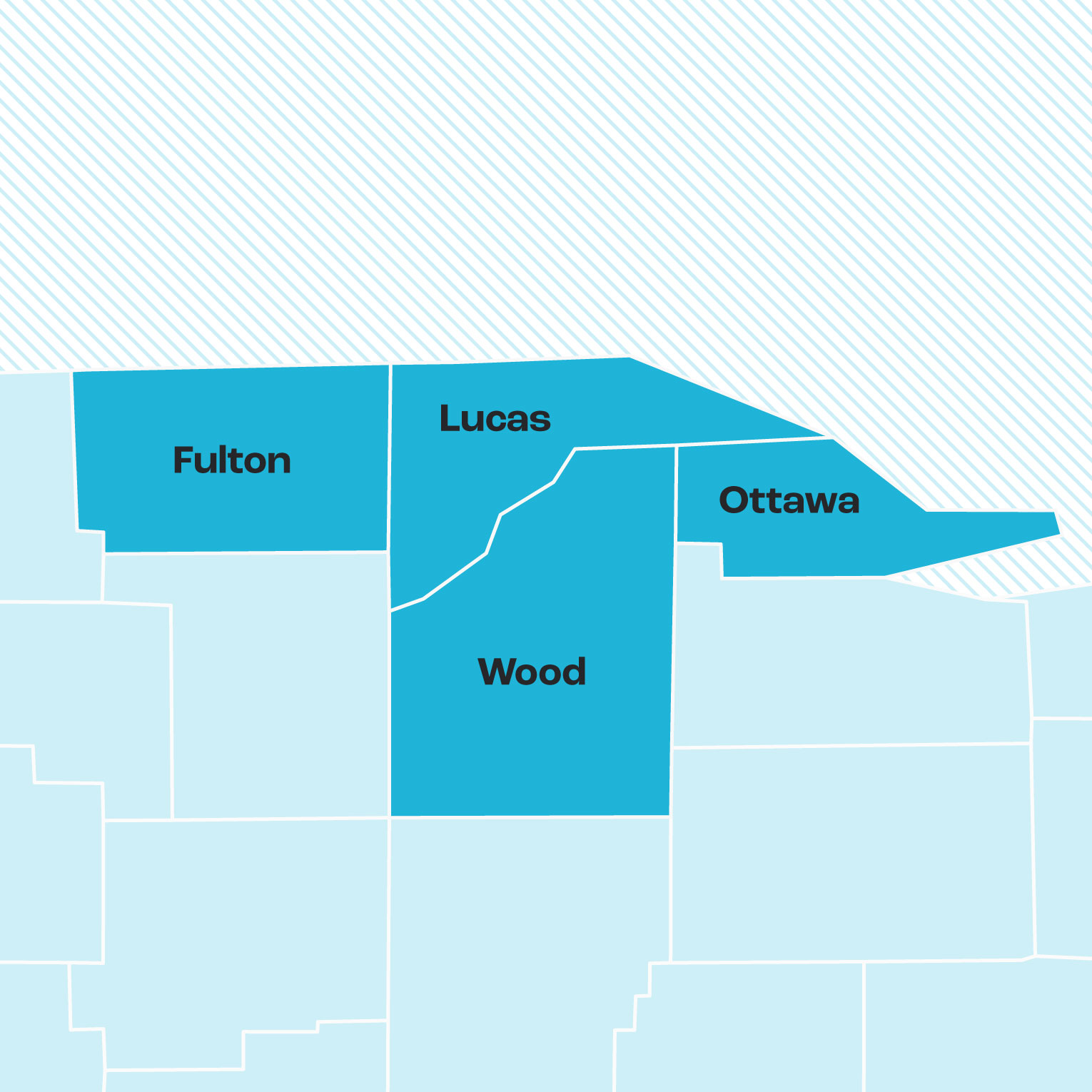The Data
Northwest Ohio Workforce Strategy and Recovery Plan
The region’s Workforce initiative stems from the COE 2026, and is aimed at increasing the area’s recovery from and resilience against economic challenges, which requires a multi-pronged strategy and a comprehensive analysis of the available data. This data is collected, analyzed, and presented below as a way of marking progress, identifying ongoing opportunities for improvement, and informing our entire community of our advancements toward prosperity.

Gathering Meaningful Data,
Analyzing It Against Relevant Benchmarks.
Workforce prosperity is inextricably linked with numerous other factors—we’re tracking all relevant data points, including population, labor force, equitable access, educational attainment, and more.
These key performance metrics were created by a collection of micro-coalitions—focused on workforce development, advancement, support, retention, attraction, and services—for a comprehensive approach.
Success doesn’t happen overnight and progress isn’t always linear. It’s trends that matter. By collecting data over time, we can show the region’s growth—and decline—in each key area.
Look to the Trends to
Understand the Story
Population
A growing population makes for a larger economy and more tax revenue to be used on public improvement projects and services. If the gross domestic product (GDP) per capita keeps pace with the GDP, a greater quality of life often follows.
Labor Force
While high job vacancy does allow for more significant wage growth, a substantial right-skilled labor force is essential for economic growth, which has far-reaching benefits for the entire community.
Quality of Life
A high quality of life shows your city is doing more than a few things right, from economic prosperity and equitable distribution to ample green space, housing, and job opportunities.
Talent & Skill Development
Diverse, industry-aligned skill development creates a better-prepared workforce that can readily meet the needs of the region’s employers, often resulting in lower unemployment and higher job satisfaction.
Resilient Economy
When a region can more effectively withstand or recover from economic downturns or disruptions, there are closed businesses, unemployed individuals, and impoverished families.
Equity (Equitable Access)
A high degree of equitable access shows that a region accepts diverse identities and supports residents from all backgrounds, typically resulting in a higher quality of life and smaller wealth disparities.






